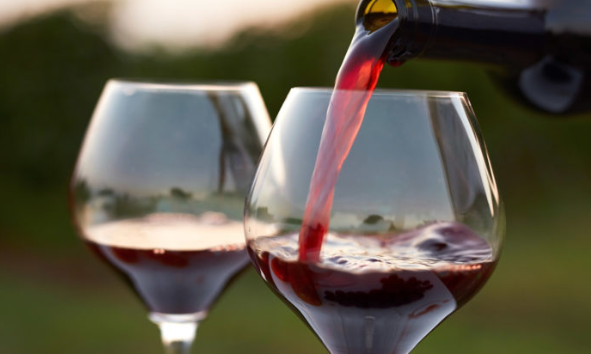Casual observers believe the beverage alcohol market is easy and recession-proof. Not quite. All three segments of the business have been in a slump since the end of the pandemic. Consumer buying habits have changed and inflation has taken a serious bite out of everyone’s pocket.
Of those three segments, it is wine that faces the most challenging road ahead. While wine importers have their own set of problems, America’s premier wine region is really struggling. Wine Spectator, the longtime voice of the industry, writes:
“The California wine industry is in the doldrums as it faces three challenges at once: consumer spending on wine is declining, inventory is backed up in the sales pipeline and there’s a glut of grapes and bulk wine left over from the 2024 harvest. The last hazard, the oversupply of grapes, poses an immediate threat. Many growers, even in top regions like Napa, are struggling to sell their fruit. Experts estimate tens of thousands of acres of vines will need to be pulled up to fight the oversupply.”
The oversupply issue is not unique to California as it also extends to the Northwest.
The writing has been on the wall for wine in recent years, although many in the industry paid little heed. Wine consumption in the United States began to decrease in late 2021 as the pandemic came to a close. Consumers had loaded their pantries with wine during the peak days of Covid-19.
Now, though, excise tax collections for fine wine in North Carolina are down 4.75% through September 2024. 2023 tax dollars were down 1.48% and dropped 3.34% in 2022. Excise tax money is directly tied to volume sales.
Here’s more from Wine Spectator:
“No company exemplifies the industry’s troubled times more than Vintage Wine Estates, which filed for Chapter 11 bankruptcy in July. The Sonoma-based firm owned dozens of California wineries, including Clos Pegase, Swanson and B.R. Cohn, all of which were auctioned off to various buyers in September. VWE’s founder built the company by aggressively buying underperforming wineries and wine brands. The goal was to turn them around. But when the ups and downs of COVID-19 hit, coupled with slumping sales and higher interest rates, the company could not continue.”
So what can be done? An editorial in Wine Industry Advisor suggests that major changes must be made to adapt to the current market. Wineries must be adept at forecasting in order to avoid crippling cash crunches.
The only demographic group experiencing growth is the over-60 crowd. Wine must become more approachable to younger consumers. An enjoyable, onsite dining experience with a bottle of wine helps trigger brand loyalty and future sales. The restaurant industry, in its zeal to recoup pandemic losses, hasn’t helped. Some establishments, not all, mark up their bottles 3-4 times. It’s no wonder diners are more likely to order a cocktail which may cost less than a single pour glass of wine.
Wine Industry Advisor writes: “By prioritizing customer relationships, maintaining financial agility and continuously adapting to market conditions, the wine industry can turn these sour grapes into a rich, fruitful future.”
